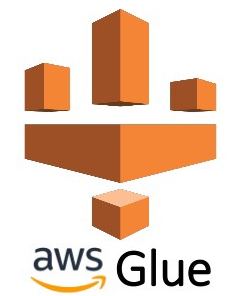AWS Glue is a fully managed extract, transform, load (ETL) service provided by Amazon Web Services (AWS). It is used to prepare and load data for analysis and reporting. The main goal of AWS Glue is to make it easier and more cost-effective to build, maintain, and run ETL jobs.
AWS Glue offers several benefits over traditional ETL tools, including:
- Serverless Architecture: AWS Glue is serverless, meaning that users don’t have to worry about setting up and managing the underlying infrastructure.
- Ease of Use: AWS Glue provides an easy-to-use console for creating and running ETL jobs. It also integrates with other AWS services, making it simple to use data from sources such as Amazon S3, Amazon Redshift, and Amazon RDS.
- Cost Savings: AWS Glue provides cost savings compared to other ETL tools because it is a fully managed service and users only pay for the resources they use.
- Scalability: AWS Glue can automatically scale resources based on the size and complexity of the ETL jobs, providing high availability and performance.
- Integration with Big Data Tools: AWS Glue integrates with big data tools such as Apache Spark and Hadoop, making it easy to use data from large data sets.
AWS Glue consists of the following components:
- Data Catalog: The data catalog is a centralized repository that stores metadata about the data being processed by AWS Glue. This metadata includes information about the structure, format, and location of the data.
- Crawler: The crawler is used to discover and catalogue data stored in different sources, such as Amazon S3 or Amazon RDS.
- Job: The job is the main component of AWS Glue and is used to define and run the ETL process. Jobs can be written in Python or Scala, and they can run either on a schedule or be triggered by an event.
- Dev Endpoint: The dev endpoint is a development environment where users can test and debug their ETL jobs.
AWS Glue is used for a variety of use cases, including:
- Data Warehouse: AWS Glue can be used to move data from different sources into a data warehouse, such as Amazon Redshift, for analysis and reporting.
- Data Migration: AWS Glue can be used to move data from legacy systems to the cloud, making it easier to use and manage.
- Data Lake: AWS Glue can be used to build and maintain a data lake, making it easier to access, use, and process data.
- Data Integration: AWS Glue can be used to integrate data from different sources, making it easier to use data from multiple systems in a single application.
- Big Data: AWS Glue can be used to process large data sets and make the data available for analysis and reporting.
AWS Glue is a fully managed ETL service that makes it easier and more cost-effective to prepare and load data for analysis and reporting. It provides several benefits over traditional ETL tools, including a serverless architecture, ease of use, cost savings, scalability, and integration with big data tools. Whether you are building a data warehouse, migrating data, building a data lake, integrating data, or processing big data, AWS Glue can help you achieve your goals.
Spark important urls to refer





